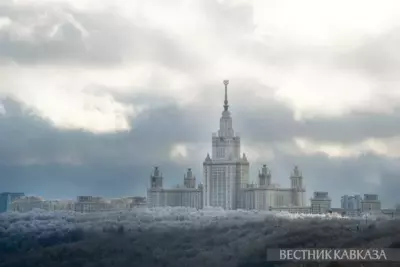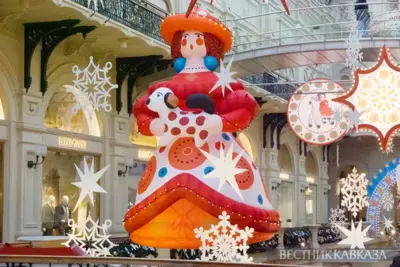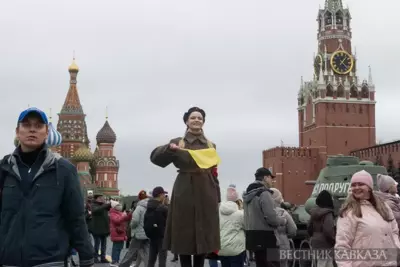There are three main mosques in the Islamic world: Al-Haram (the Grand Mosque) in Mecca, Al-Nabawi (the Prophet's Mosque) in Medina and Al-Aqsa (the Remote Mosque) in Jerusalem, which are revered by all Muslims without exception. All other preaching-houses are divided into two categories in Sharia – quarter preaching-houses for daily five-times-namaz local residents, as well as cathedral Jumah mosques, where the entire community pray every Friday. The Jumah mosque in Derbent is considered to be the place where Islam started spreading in Russia. In fact, this architectural ensemble includes the mosque itself, madrassas and living quarters for imams. The construction of the mosque dates back to 734. At that time it was the largest building in the city.

According to the minister of the mosque, Farhat Aliyev, the Friday cathedral mosque in Derbent is one of the oldest in the world and the oldest on the territory of the former Soviet Union. The following verses from the Koran are on its main gate: "Enter peacefully". The other verse above the entrance to the mosque says that in 1368 the mosque survived an earthquake and was then restored by Bakunian Tazhuddin.

"There are 800-year-old plane trees in the courtyard of the Jumah mosque. There are 13 cells for students on the ground floor of the madrassa that was built at the end of the 15th century. Madrassas were later built at the beginning of the 19th century,’’ Aliyev informed. The inner area of the mosque is 2100 square meters. 20 columns are located perpendicularly to the right of the entrance. 20 columns on the right side were inclined and cracks appeared on the roof after the earthquake. A master from Baku master onto the roof, saw the fortified masonry and advised that a retaining wall be built."

The most important thing is that the harmony remained the same after the reconstruction process of the mosque. The point is that the Derbent Jumah mosque, like any other, is considered to be a symbolic expression of Muslim spirituality. Therefore, it must carry the idea of order as opposed to disorder. The architects have managed to restore the mosque in such a way that for several centuries people feel a timeless sensation when looking at it.

"Recently we have finally put the paintings in order,’’ Farhad Aliyev said. This element is considered to be important for everyday communication with God. For centuries, artists stuck to the idea of infinity and the depiction of Allah through paintings based on geometric and floral motifs and arabesques, i.e. calligraphic inscriptions that endlessly repeat, creating a single decorative field.
A new chandelier presented by a patron of the mosque also fits the interior. Fixtures in the decoration of the mosque play a special role in strengthening the emotional perception of the ritual space. Different shades of light reflect from the windows and fit into the overall aesthetics of the sacred space.

Farhat Aliyev proudly shows the carpets on the floor of the mosque: "Dagestani carpets are no worse than Persian. There was a factory in Derbent, and its carpets were exported to all countries. In Soviet times, our carpets were exhibited at VDNKh. There was even a 10-meter carpet with an image of Lenin. It made souvenir carpets during the Olympics in 1980. The revival of national crafts, including carpet weaving, started after Ramazan Abdullatipov came to power. A lot of carpets and lamps in the mosque were presented by patrons. Their names, villages or towns are recorded in four books. We pray for these people. Now we have 1562 carpets."
Answering a question about the division of the time of the rituals in the mosque by representatives of different branches of Islam, Farhad Aliyev said: "The Sunnis come and pray first, then the Shia. They both pray five times a day, but the mosque can be neither Sunni nor Shia by definition. The Mosque is Allah’s home. We have one Prophet and the Quran. God created us from dust, and he will turn us into dust. All light is directed to the Kaaba. Enlightenment comes every time Muslims put their foreheads to the sacred stone."

Aliyev also emphasized that, according to Muslim chronology, over 1400 years have passed from the beginning of the preaching of Islam in the Russian Federation, which started after companions of the Prophet Muhammad arrived in Derbent. The 1400th anniversary in the year 2000 was of great importance not only for Russian Muslims, but also Christians, as it helped to understand the richness and diversity of the spiritual components of Russian civilization, which has become a kind of synthesis of East and West, Europe and Asia.






